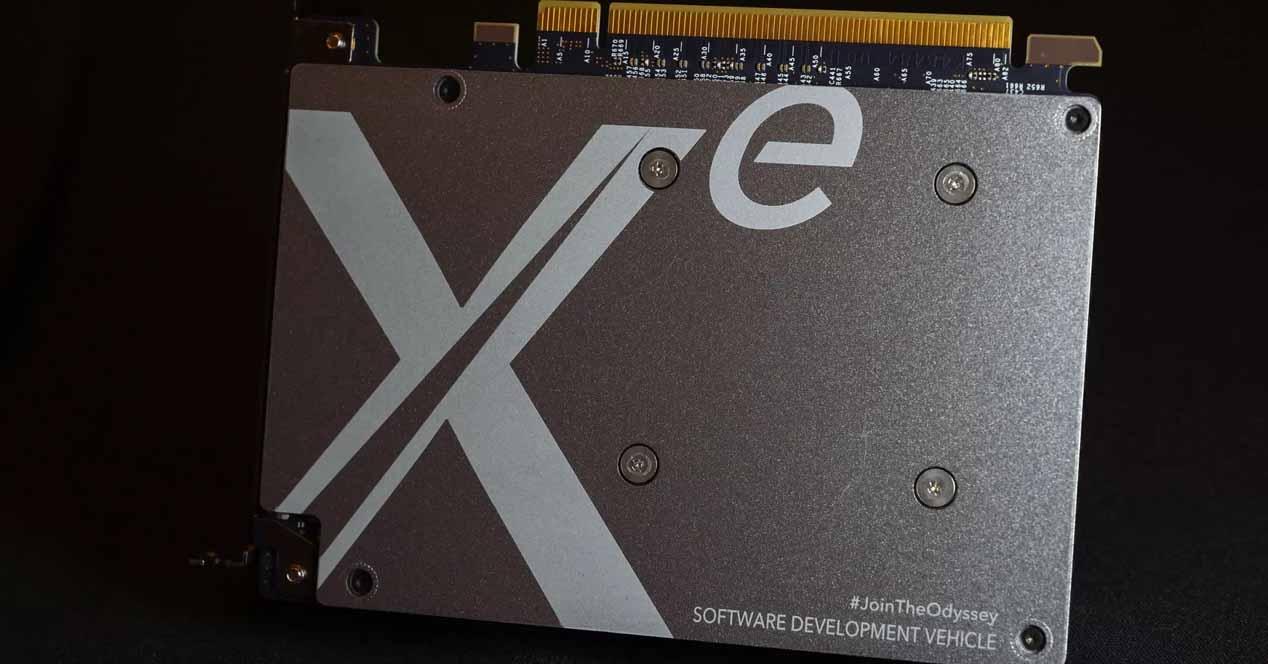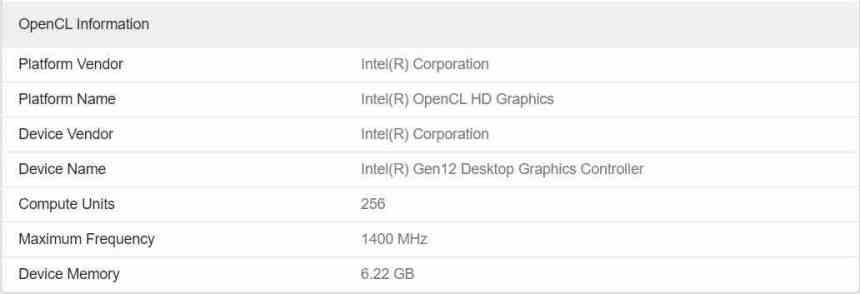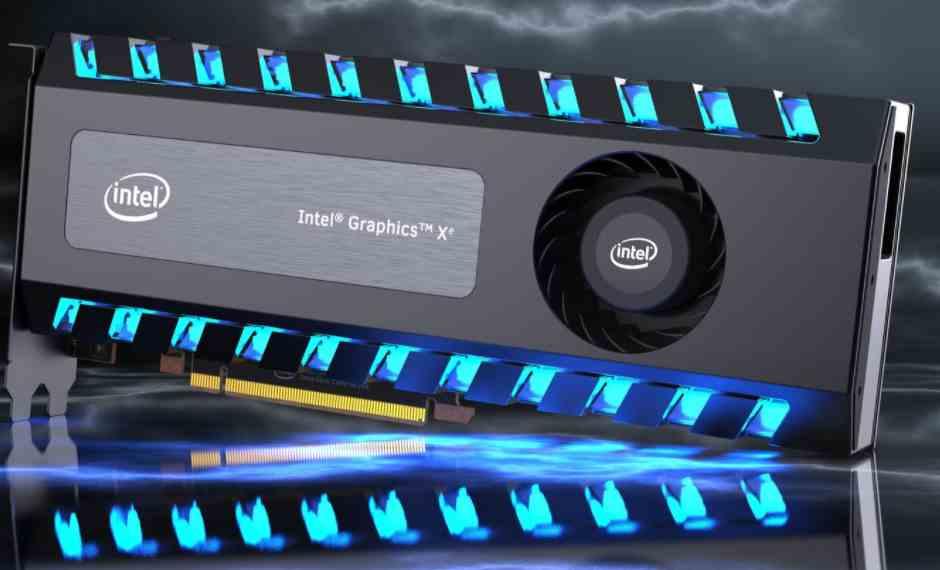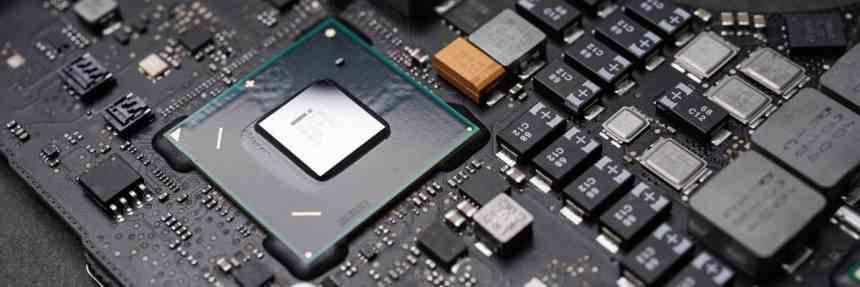
One of the reasons why many of us expect the launch of Intel’s Intel Xe as dedicated graphics cards is simply because of the duopoly between NVIDIA and AMD in that market. So the appearance of a third player could change the graphics card market completely. Of course, for this the new participant should be competitive. Well, it seems that the Intel Xe DG2 GPUs do not get very good results in Geekbench.
Intel Xe DG2 disappoints on Geekbench
We have to clarify that the results do not correspond to the version for desktop computers of the Intel Xe DG2, which will also be known as Intel Xe-HPG. But we are talking about a benchmark obtained from its version for laptops, which we learned about a short time ago, specifically the 256 EU configuration, which will be sold in gaming laptops together with the version of the Intel Alder Lake CPU for laptops.


But what has been the result and why has it been so disappointing? Waiting to see final drivers and the final version of this graphics card. It is surprising that in the Geekbench test based on OpenCL, which measures the computing power of the GPU. The result obtained by the Intel Xe DG2 GPU with 256 EUs at 1.4 GHz is 18450 points. A score which places this model at levels close to a GeForce GTX 1050, which today is considered among NVIDIA GPUs as an entry-level graphics card. On the other hand, the version with 96 EUs at 1.2 GHz has obtained 6500 points under the same benchmark.
The results are disappointing if we take into account that the latest rumors suggest that the Intel Xe DG2 of 512 EUs will compete against the NVIDIA RTX 3060 Ti and RTX 3070. Fortunately, as we have already mentioned before it is not a benchmark executed on a Final version of Intel’s dedicated GPU. So there is hope for an improvement in performance in the version that will be included in gaming laptops.
Are we doomed to an NVIDIA-AMD duopoly in gaming GPUs?
There is no doubt that Intel intends to reach the gaming GPU market with its Intel Xe-HPG range, based on its Xe-DG2 architecture, but it is a highly competitive market where the fact that your graphics card does not reach the performance Expected means that it has less value, which translates into a lower selling price and much lower margins.
The market for PC Gaming hardware is very lucrative, but it is both very competitive and requires high levels of investment due to the strong competition. A third participant, even the almighty Intel, has to have a product to match if it does not want to become part of the huge collection of corpse companies in the gaming graphics card market.
In any case, not all the fish are sold, it is best to wait for the launch of the new Intel GPUs to be able to judge their performance in games.





